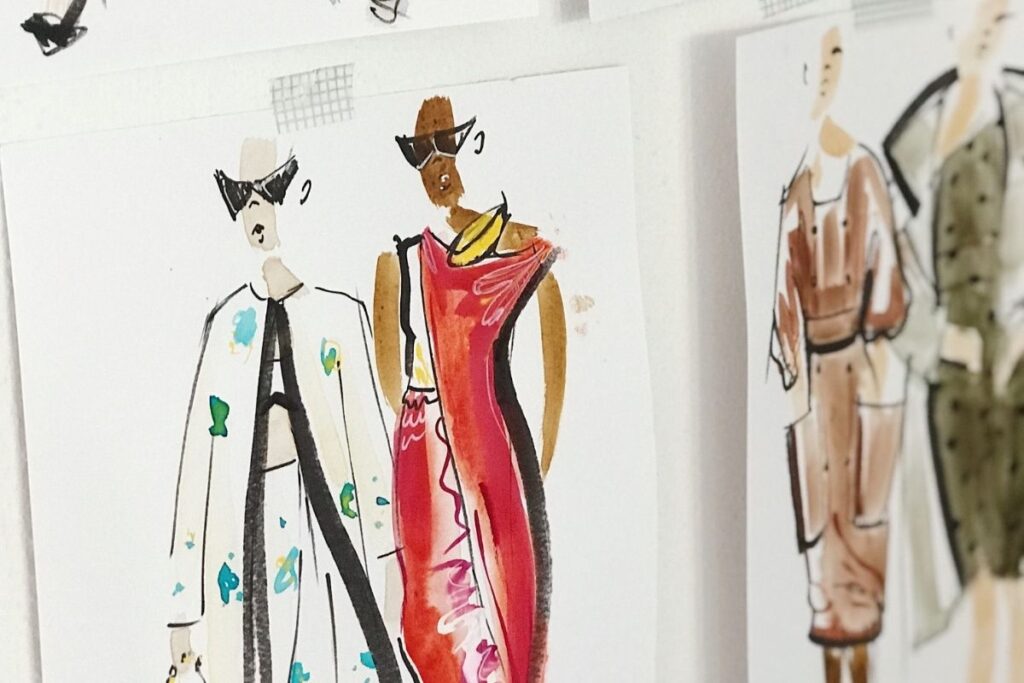Most brands do a monthly floor set, usually at the beginning of the month. If it’s a traditional store, the store is broken up into different areas. The beginning of a store is the most recent product, the middle of a store is product that’s been around for about a month, and the back of the store is usually product that’s on sale. It could also be more destination and you’re willing to go back there, but it’s usually the older product.
Visual merchandisers usually set their visual calendar 12 months in advance. Nothing in the fashion industry is an accident whatsoever. Everything is coordinated with the design team to get that original vision of what that product is. Then the visual team buys props for the floor set. For example, if it’s a summer delivery and the theme is Barcelona, the visual merchandisers would buy different props for the window and throughout the store to tell the story of the aesthetic and bring it to life.
This is the key driver to get a customer into the store. It’s also the key driver when shopping online. The new and exciting product is the first thing usually seen on the landing page. It always has a theme.
Classic stores, like Louis Vuitton, always have their great basics, but a couple times a year, they promote their hot, new items. Those are the items that visual merchandisers will always highlight in the windows and highlight throughout the store as must-have items.
The other thing with visual merchandising is that it’s very personal. Visual merchandisers need a sharp eye and to be able to pay attention to detail. It’s about bringing the brand promise to life. Whether it’s fixing a mannequin, how a mannequin’s arm is positioned, how a garment might be tucked in, or how a hand might be propped. They might be small details, but it’s really this keen eye of a visual merchandiser that brings everything to life.
It’s been studied that the customer walks from the right, counterclockwise around the store. It’s the goal of the visual merchandiser to bring a customer in and continue that story all the way around. The story needs to continue to be interesting as the customer makes their way around the store.








